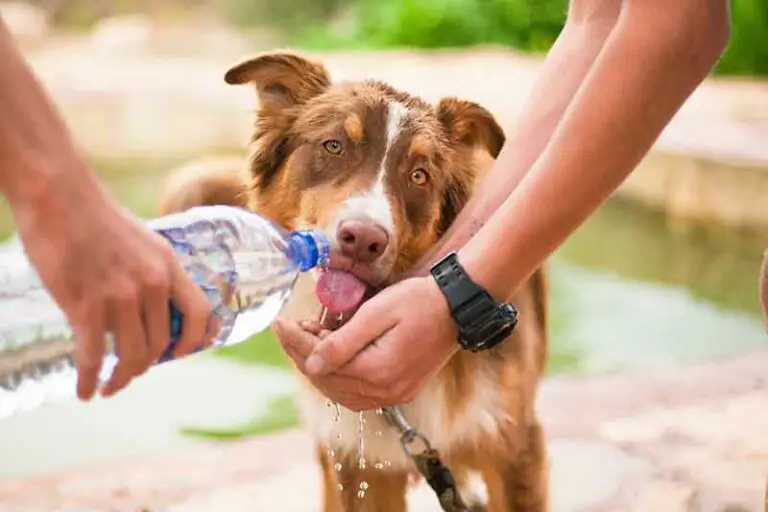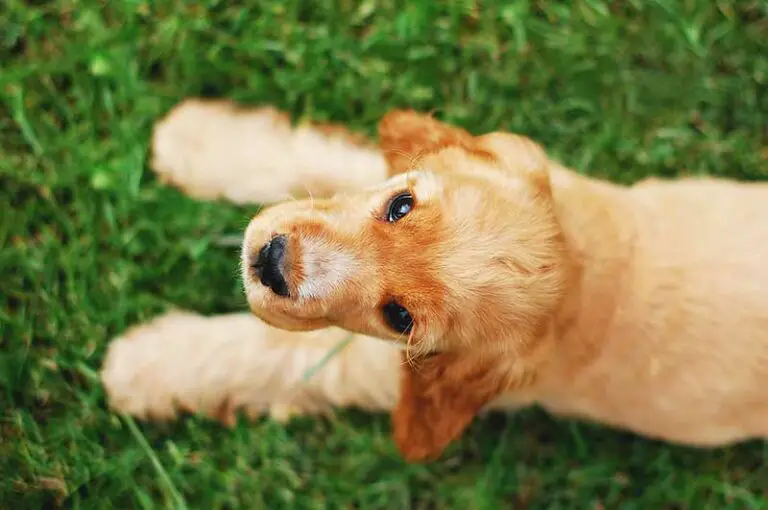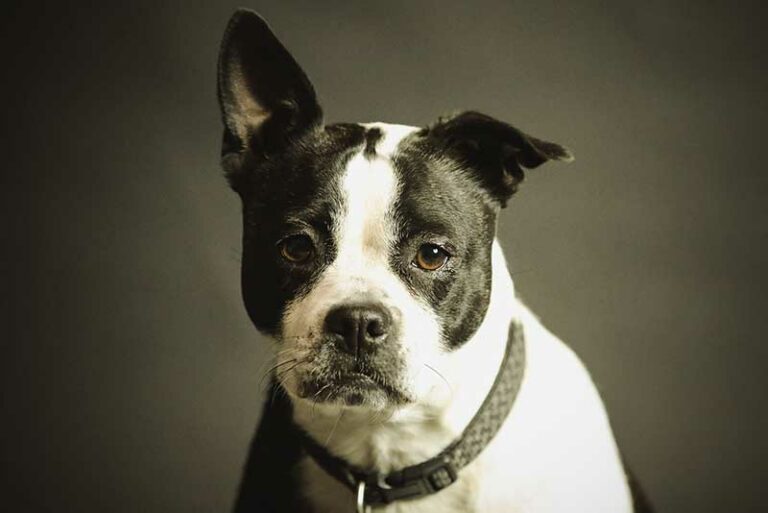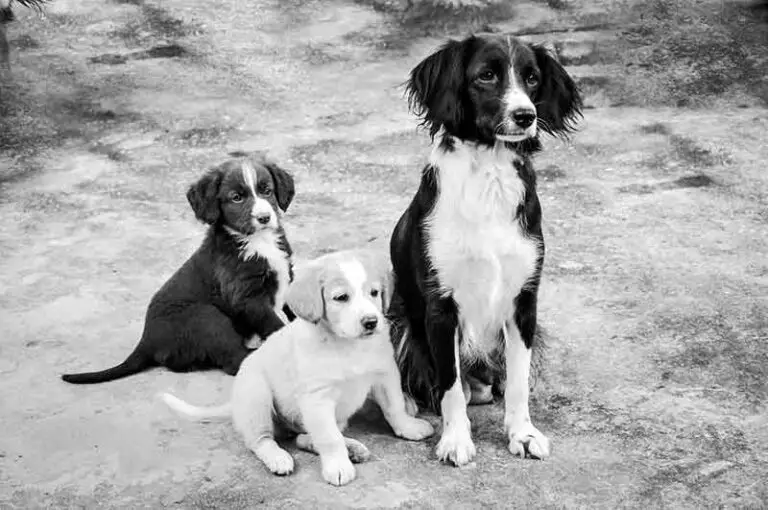How To Train My Dog To Ignore Strangers? And People In Public?
Assume you’re out walking your dog, and he starts barking at everyone he meets. He even barks at the people who recently moved in next door! It can be embarrassing for you; I know I would be if it happened to me!
So, have you ever wondered why your dog barks at strangers all the time? While there could be a variety of reasons, you can try to train your dog to ignore strangers.
So, how to train my dog to ignore strangers? It is important to train dogs to ignore or prevent reacting to strangers and people in public. To do that, you need to train your dog to keep the focus in stressful situations. You can start training your dog in a simple manner, like ordering them to sit and stay, distracting him, socializing him at a younger age, etc.
Let’s find out how to do it!
How To Train My Dog To Ignore Strangers?
I’ve always wondered how to train my dog to ignore strangers; I also have an adorable but troublesome dachshund who kept me up at night for the first few months after I brought him home.
However, I used the following techniques to train my dog to ignore strangers, which you can also try!
- Sit And Stay Technique
One of the most effective methods I used to train my dog to ignore strangers was to get him used to commands like sit and stay. You must put your dog on a leash and instruct him to “stay and sit” in a specific spot, after which you must reward the behavior.
After a few training sessions, try to introduce your friend to the dog. When the dog barks or reacts to your friend, tell him to sit and stay. Reward the dog for obeying the command. Then, gradually, take your dog to the pet park or for a walk and observe how he interacts with strangers.
- Distraction Technique
The distraction technique, which involves giving the dog a toy or a treat, is my favorite method I’ve used to train my dog to ignore strangers.
Giving the fluffy his favorite toy or a treat will help keep him occupied whenever he tries to bark and react to a stranger.
You have to get help from a friend for this, too, then slowly introduce your dog to other strangers and see how he behaves with them.
- Getting The Attention Technique
Another technique I used to train my dog to ignore strangers was attention-giving, which means using the dog’s name to divert his attention away from the stranger.
However, you must practice this at home a few times to ensure that the dog knows its name and responds appropriately when called.
For example, if your dog’s name is Milo, try to say his name a couple of times when he is overreacting. And according to how he reacts with strangers, you can continue your training next time.
- Socialization Technique
Another method I used to train my dog to ignore strangers was socialization. Your dog must be socialized with other people and pets from an early age, or he may believe that even your friends and family are strangers.
Due to his lack of socialization, your dog could try to bark, jump at them, or otherwise behave strangely around them.
You can do this by exposing your dog to a family gathering or simply taking him for a walk in the dog park.
How Do I Train My Dog To Ignore People In Public?
Sometimes these techniques can be only effective at home, so what can you do to train your dog to ignore people in public? The only thing to do is try the “Ignore Technique,” which is described in detail below.
Ask a friend to pose as a stranger in public, preferably outside your home, while you walk your dog.
When a stranger (your friend) approaches you or simply passes by, and the dog is barking, trying to leap up, or being aggressive, you should both ignore his behavior.
Keep your composure, and try not to yell or even look at your dog. Your dog will eventually realize that you and your friend are not paying attention and that what he is doing is unnecessary. As a result, your dog will stop barking and acting aggressively.
At that point, you or the stranger can give him a pet treat as a reward (yes, keeping pet treats on hand is essential for successful training), but try not to fixate all your attention on your dog.
You can repeat this training with a few strangers over a few months, rewarding the behavior whenever your dog acts as you want when trying to ignore strangers.
How Do I Get My Dog To Stop Reacting To Strangers?
Now you know what techniques I used to train my dog to ignore strangers. But how do you get the dog to stop reacting to strangers?
The easiest thing you can do is to socialize him while he’s still a puppy, exposing him to a wide variety of situations and people. To train your fluffy to react in a composed, accepting manner when a stranger is present, you can also establish control and leadership over them.
Make sure your dog understands you are the leader, not him. And that whatever you do and command is what he should do. For example, your dog should know that when you say “stay and sit,” he must obey.
You can establish this leadership relationship in your dog by using a leash, a collar, and the assistance of a friend. You can gently tap your dog on his side with your leg to signal that he should only listen to you.
You must repeat the training with the stranger while keeping a safe distance and signaling your dog to follow you without reacting.
It should be repeated several times with different people over the course of a few weeks or months as needed. Be patient, so your dog will follow your lead and walk calmly past strangers without reacting.
Thanks for reading so far. We hope this would be useful. Stay with us for more.

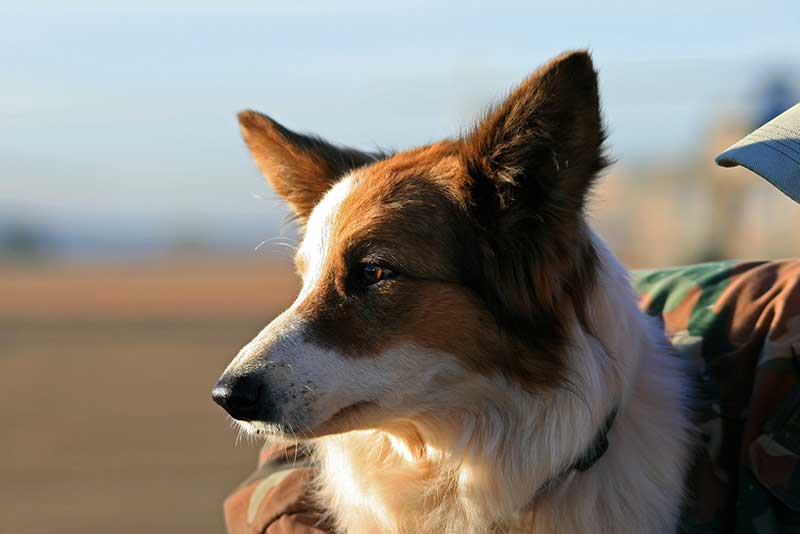
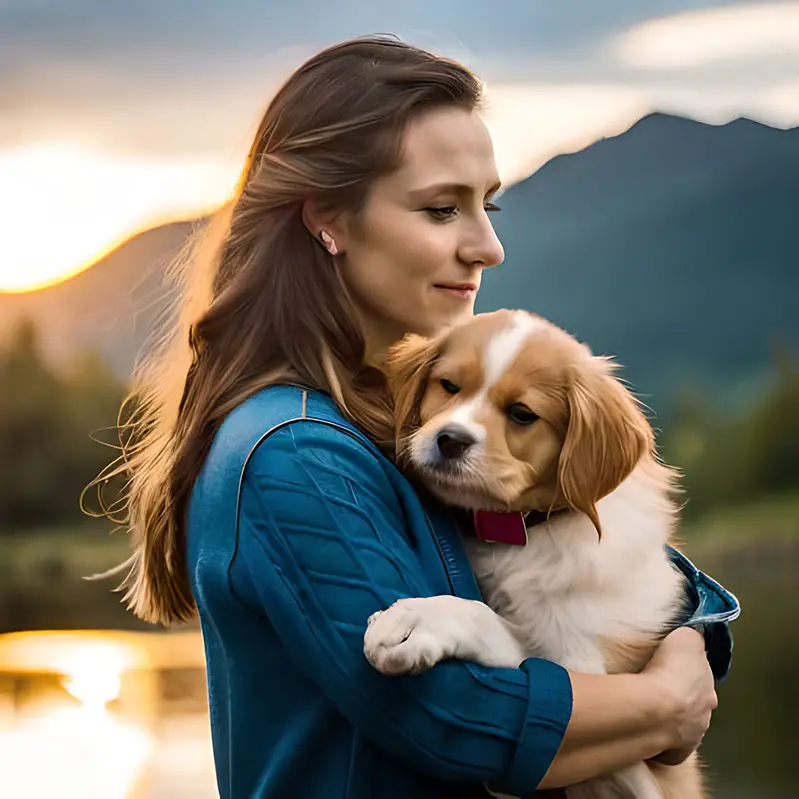
![Proper Dog Walking Etiquette [Do & Don't + Tips].jpg](https://jackrussellowner.com/wp-content/uploads/2023/11/Proper-Dog-Walking-Etiquette-Do-Dont-Tips-768x513.jpg)
